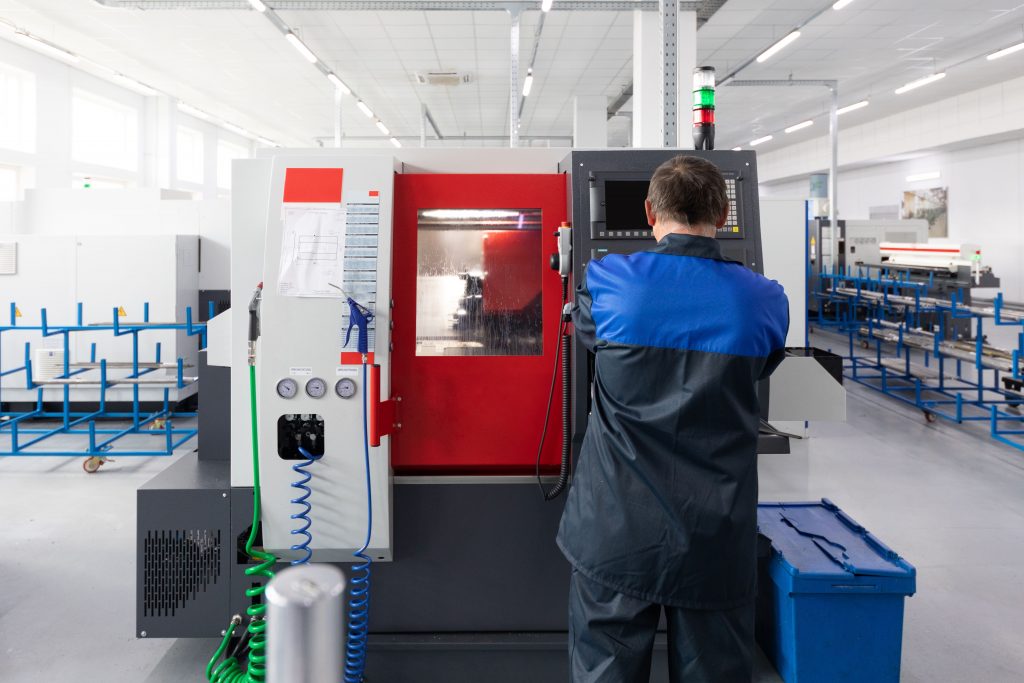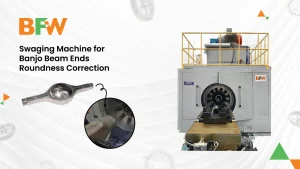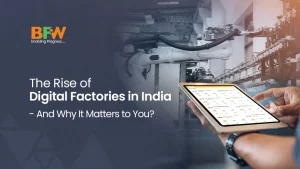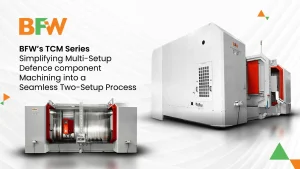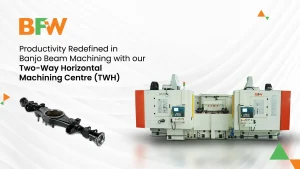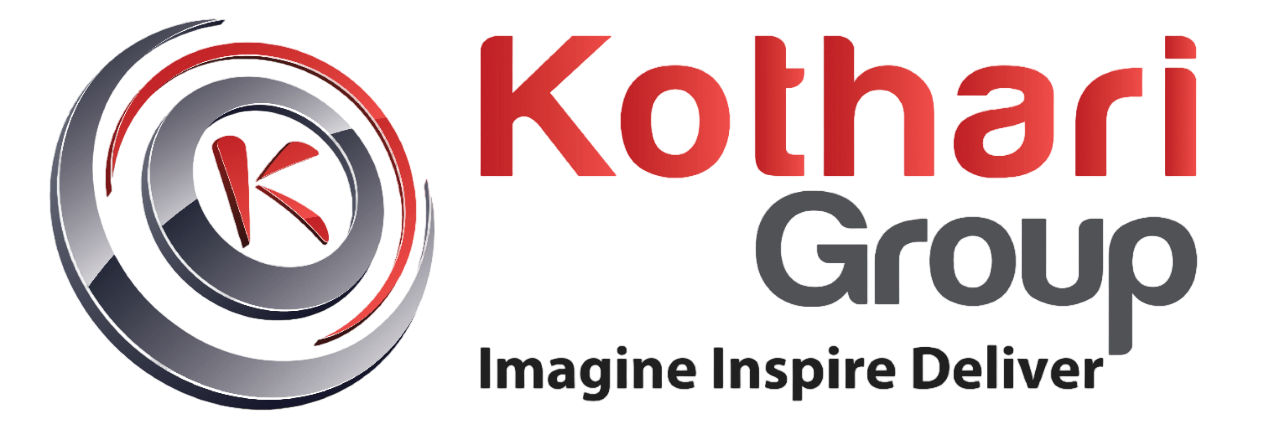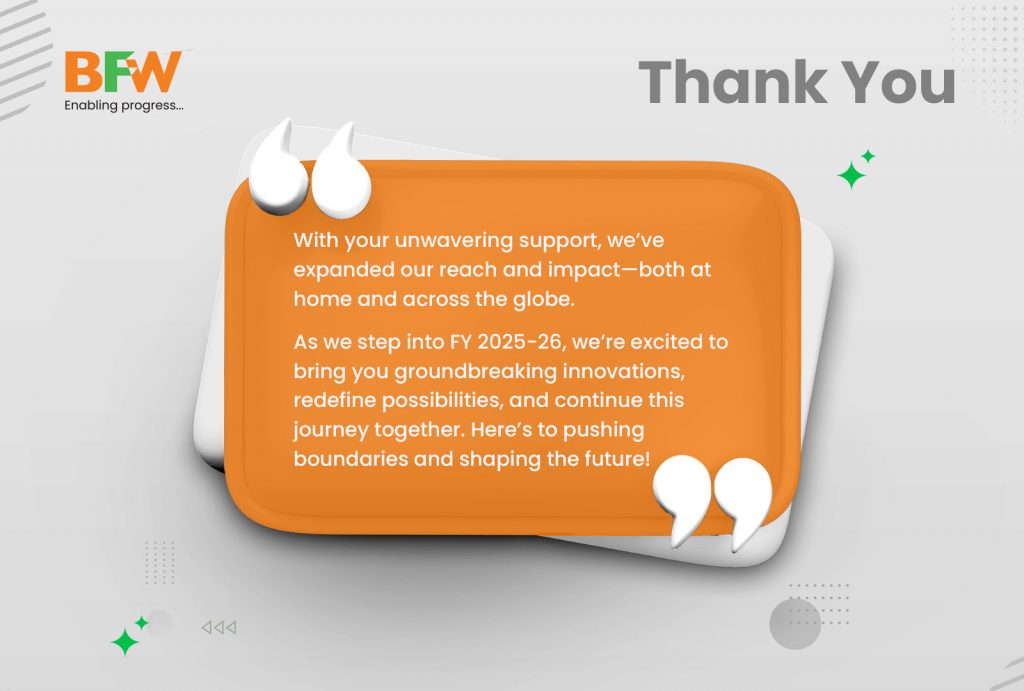The automotive industry is evolving at lightning speed, driven by innovation, sustainability, and the demand for precision-engineered components. At the heart of this transformation is CNC machining—a manufacturing method that delivers unparalleled accuracy and repeatability. In this article, we explore how automotive CNC machining powers everything from prototyping to production and why it’s critical for modern vehicle development.
What is CNC machining?
CNC (Computer Numerical Control) machining is a manufacturing process where pre-programmed computer software dictates the movement of factory tools and machinery. These machines can cut, drill, grind, and shape materials with extreme precision, often achieving tolerances of ±0.001 inches or better.
Unlike manual machining, CNC automates nearly every aspect of the manufacturing process, enabling complex designs, faster production, and a high degree of consistency—making it ideal for the automotive sector where performance, safety, and reliability are non-negotiable.
Advantages of CNC machining for automotive parts
CNC machining for automotive parts offers a wide range of benefits that align perfectly with the needs of automotive manufacturers and aftermarket parts suppliers:
High precision
CNC machining is renowned for its ability to produce parts with exceptionally tight tolerances, which is a critical requirement in automotive manufacturing. Whether it’s engine pistons, transmission gears, or suspension components, these parts must perform flawlessly under high stress and varying temperatures.
CNC machines, driven by precise digital instructions, can consistently deliver parts within ±0.001 inches of the intended specifications. This level of accuracy ensures uniformity across thousands of components, reducing failure rates and improving overall vehicle reliability. In high-performance or safety-critical applications, this precision directly translates into better fuel efficiency, smoother operation, and extended part life.
Speed and efficiency
Time is a major factor in the automotive industry, especially when it comes to prototyping or meeting tight production deadlines. CNC machining significantly reduces the time between concept and part realisation. Once a CAD design is ready, it can be converted into machine instructions almost instantly, enabling same-day or next-day production in many cases. This rapid turnaround makes CNC an ideal solution for prototyping, custom automotive parts manufacturing, or small batch production.
Plus, CNC machines can run continuously with minimal supervision, offering consistent output around the clock. This level of efficiency helps manufacturers respond quickly to design changes, market demand, or supply chain shifts.
Cost-effective for low to mid-volume runs
While mass production methods like injection molding or casting are more economical at scale, they require costly tooling and long lead times. CNC machining, on the other hand, eliminates the need for custom molds, making it far more affordable for low to mid-volume production. This is especially beneficial for limited-edition vehicles, aftermarket performance parts, or pilot runs before full-scale manufacturing. CNC allows manufacturers to produce small batches without the overhead, making it ideal for custom automotive parts manufacturing, rapid design iterations, and niche automotive markets where agility matters more than unit cost.
Design flexibility
One of the standout advantages of CNC machining is its ability to accommodate complex and highly detailed designs. With 3-, 4-, and even 5-axis machines, CNC technology can handle intricate geometries, undercuts, compound angles, and non-standard shapes that traditional methods can’t easily replicate. This gives engineers and designers far more creative freedom when developing components for performance, aesthetics, or spatial constraints.
Whether it’s a compact bracket for an electric vehicle or a lightweight, contoured suspension arm for a race car, CNC machining enables precise execution without sacrificing innovation or functionality. CNC manufacturing also enables automotive prototyping.
Superior surface finish
Surface finish plays a critical role in the performance, durability, and appearance of automotive components. CNC machining excels at producing smooth, refined surfaces straight from the machine, often eliminating the need for additional polishing or post-processing. This high-quality finish reduces friction in moving parts, enhances sealing between mating components, and improves resistance to wear and corrosion. In aesthetic or exposed parts, it also elevates the visual appeal, giving a premium feel without extra labour. For applications like brake components, drivetrain systems, and engine internals, a superior surface finish directly contributes to better performance and longevity.
Different types of CNC machining used in the automotive industry
- CNC Milling: Ideal for creating intricate cavities and contoured surfaces, this method uses rotating tools to shape materials with high precision. It’s commonly used in parts like engine blocks, transmission housings, and structural brackets that require detailed, multi-dimensional machining.
- CNC Turning (Lathe): Best suited for automotive components with round or cylindrical profiles, this process rotates the material while a stationary cutting tool sculpts the shape. It’s the go-to technique for producing items like pistons, rods, and axles with smooth, consistent finishes.
- CNC Drilling: Adding precise holes for fasteners, fluids, or ventilation is a key requirement in automotive parts. Multi-axis capabilities allow for angled or deep-hole drilling in complex components, ensuring functionality without compromising structural integrity.
- CNC Grinding: When automotive components require ultra-fine surface finishes and extremely tight tolerances, this process comes into play. It’s frequently used in high-stress or high-speed parts like crankshafts, brake rotors, and camshafts where smoothness impacts performance.
- CNC Electrical Discharge Machining (EDM): By using electrical discharges to erode hard metals, this method allows manufacturers to achieve intricate geometries and fine details that traditional machining can’t handle. It’s particularly valuable in the production of tooling, dies, and precision molds.
Common automotive parts made with CNC machining
CNC machining is used throughout the vehicle, from the engine bay to the chassis and even interior components. Common parts include:
- Engine blocks and cylinder heads: These core components house the combustion chambers and moving parts of the engine, requiring extreme precision and durability. CNC machining ensures accurate alignment of cylinders, coolant passages, and bolt patterns, which are critical for engine performance and longevity.
- Pistons and connecting rods: These parts transfer combustion force to the crankshaft and must withstand high temperatures and pressures. CNC machining delivers the tight tolerances and weight consistency needed to ensure smooth engine operation and prevent premature wear.
- Gearbox housings: A gearbox casing protects and aligns the internal gear system that transfers power from the engine to the wheels. CNC machining ensures the precise fit of gears and bearings, helping to minimise vibration and extend drivetrain life.
- Brake callipers and rotors: These safety-critical parts play a vital role in slowing and stopping the vehicle. Machined for exact dimensions and surface finishes, they ensure even brake pad contact and reliable heat dissipation under high stress.
- Suspension components: Parts like control arms, strut mounts, and shock brackets must be strong yet lightweight to maintain ride quality and handling. CNC machining enables the use of high-strength materials and precise shaping for maximum performance and durability.
- Steering knuckles: These complex automotive components connect the suspension, steering, and wheel hub, making them central to handling and alignment. CNC machining ensures that mounting points are perfectly aligned to avoid tire wear and steering issues.
- Fuel system parts: Precision-machined fuel rails, injectors, and pump components are essential for delivering fuel efficiently and safely. CNC ensures leak-proof connections and reliable flow rates, especially in high-performance or turbocharged engines.
- Aftermarket performance parts: Customised or upgraded components like turbo manifolds, intake spacers, or engine mounts often start as CNC-machined parts. These pieces are tailored for enthusiasts who demand better performance, improved aesthetics, or lightweight alternatives to OEM parts.
Whether for original equipment manufacturers (OEMs) or the performance tuning market, CNC is the go-to method for making precision parts that meet rigorous standards.
Materials used in CNC machining for automotive parts
The versatility of CNC machining lies not just in its accuracy, but also in the wide range of materials it can work with:
- Aluminium: Lightweight, corrosion-resistant, and easy to machine, aluminum is one of the most widely used materials in automotive CNC machining. It’s commonly found in engine components, brackets, housings, and heat-sensitive areas where weight reduction is key.
- Steel and stainless steel: Known for their strength, durability, and resistance to deformation, steel alloys are used in load-bearing and safety-critical parts. Stainless steel also adds corrosion resistance, making it ideal for exhaust components, fasteners, and structural elements.
- Titanium: This high-performance metal offers an excellent strength-to-weight ratio and exceptional heat resistance. It’s frequently used in motorsports and aerospace-grade vehicles for components like valves, exhaust systems, and suspension parts where both strength and weight savings are critical.
- Brass and copper: These metals provide outstanding electrical and thermal conductivity, making them perfect for wiring terminals, connectors, and heat exchangers. They’re also corrosion-resistant and easy to machine, which adds to their versatility in electrical and cooling systems.
- Engineering plastics (Nylon, Delrin, ABS): Lightweight and cost-effective, these high-performance plastics are used for interior trim, housings, bushings, and non-load-bearing components. They offer good chemical resistance and dimensional stability while reducing part weight and manufacturing costs.
Limitations of CNC machining in the automotive sector
While CNC machining offers incredible benefits, it’s not without limitations—especially in a high-volume, cost-sensitive industry like automotive manufacturing.
- Higher cost for mass production: While CNC machining is excellent for prototyping and low- to mid-volume runs, it becomes less cost-effective at scale. Processes like die casting or metal stamping have higher upfront tooling costs but offer much lower per-unit pricing for large production volumes.
- Material waste: As a subtractive process, CNC machining removes material from a solid block, often resulting in significant waste—especially with metals like aluminum or titanium. Compared to additive manufacturing or near-net-shape processes, this can impact material efficiency and sustainability goals.
- Setup time: Preparing a CNC machine for a new part—especially complex ones—involves time-consuming programming, fixturing, and tool selection. This can slow down turnaround for one-off parts or frequent design changes, making it less ideal for rapid changes in production.
- Limited by tool access: Certain part geometries, such as deep cavities, internal channels, or undercuts, may be difficult or impossible to machine with standard tools. In these cases, alternative methods like EDM or casting might be required to achieve the desired features.
Conclusion
CNC machining for automotive parts has become an essential pillar of modern automotive manufacturing, offering the precision, speed, and flexibility needed to meet the industry’s ever-evolving demands. From one-off prototypes to low-volume production runs and high-performance aftermarket parts, CNC technology empowers engineers and manufacturers to push the boundaries of innovation and efficiency. While it may not always be the most cost-effective option for high-volume production, its unmatched accuracy and adaptability make it a go-to solution for quality-driven automotive applications. As vehicles become more advanced and design complexity grows, CNC machining will continue to play a critical role in shaping the future of mobility.

